Why Buy An Alpaca Blanket?
Alpaca is a luxurious fiber commonly found in high-end pieces of clothing and fashion accessories. Regarded as one of the most varied textiles available, with over 22 natural colors and a signature natural gloss, it's no wonder its usage could revolutionize the world of blankets as well. Just the thought of having a blanket made of one of the most eco-friendly, hypoallergenic, luscious, high-quality fibers, being lighter and softer than cashmere yet warmer, breathable, and long-lasting at the same time, sounds surreal.
We don't want you nor your family to miss out on this essential item for your home, so if you're not convinced yet, let me break it down for you. And make sure to check out the whole thing to find an exclusive coupon code to use the next time you purchase one of our alpaca blankets!
Alpaca Wool Properties
- I think it's safe to say that most of us have had a wool blanket at some point in our lives. Let me tell you that instead of being coarse like wool, alpaca throws have a smooth texture that gets even softer over time. Warmer and softer than common fabrics like wool or cotton and even other luxurious fabrics like cashmere or merino wool.
- Because alpaca wool is a naturally insulating fiber, it does not require additional bulk or material to offer extra warmth. Warm air is absorbed by the alpaca wool, which results in a pleasant warmth from a considerably thinner layer of material. That is why people are frequently surprised that alpaca blankets are so warm despite their thickness.
- Alpaca wool is also known for its long-lasting resilience, you see, these incredible animals have to face harsh environments and drastic weather changes. The Peruvian Alpaca is raised by small herding communities in the Andes at about 3,800 meters above sea level and its fur has adapted to deal with those extreme conditions in the most efficient way possible.
- It is a genuinely remarkable natural material. Due to small air bubbles present inside the hair, alpaca wool possesses thermal properties which enable the user to "breathe" through the fibers during hot days and retain body heat at lower temperatures. Additionally, alpaca wool contains no lanolin (the oil found in sheep wool), making it hold less dust, allergens, and bacteria. It is naturally odor, stain, flame, and wrinkle resistant.
I'm sure that by now you can tell that alpaca wool has many distinct qualities that simply cannot be understated, and if properly cared for, one of our alpaca blankets or alpaca throws will provide warmth and coziness to your home for many years to come.
Not only beneficial for the consumer (Sustainable & Eco-Friendly)
Many premium firms have adopted alpaca for the production of high-quality fashion clothes due to the fiber's unique qualities. But let's not forget that wearing alpaca clothing has a deeper meaning. Choosing Alpaca wool means being kind to the environment and giving back to the small communities that face the harsh climate present in the Andes each and every single day. Alpacas are a vital source of income for more than one million small alpaca farmers in the central Andes of South America and also a significant part of Peru's cultural identity.
As mentioned before Alpacas' natural habitat is the Andes. The water supply is natural at this height, and the terrain is often unsuitable for agriculture. Alpacas have two toes with toenails on top and a soft pad on the bottom of each foot, which minimizes their impact on pastureland. In other words, alpacas do not damage the grassland, and their ecosystem remains intact. Due to the low grease content (2.8 - 3.9%) of the wool and the more than 20 natural colors in which it comes, It involves less industrial dyeing and conserves both energy and water. And the water that is used for its washing process requires fewer chemicals to be treated.
As a result, compared to other fiber-producing livestock alpacas are more environmentally friendly. If you want to read about this more in-depth, we suggest taking a look at our "Why Alpaca" page. Lastly, we want to share with you some tips to help you take care of your alpaca blanket in order to keep it in the family for as long as possible!
How to care for your Alpaca Blankets & Throws
- Alpaca blankets & throws require little maintenance in general compared to common fabric ones. As previously mentioned, Alpaca wool wicks moisture and does not retain smells or dust, making them resistant to odors and dirty. Laying your blanket in the sun can greatly freshen it; however, restrict sun exposure to no more than 15 minutes because the sun might cause fading.
- If you absolutely need to clean your alpaca blanket, we recommend dry cleaning. However, perhaps the best alternative might be to hand wash it with soft, non-abrasive detergent or even baby shampoo. Let the water drain without wringing and place it on top of a towel to dry. The towel will help absorb extra moisture.
- At last but not least, to preserve your throw while not in use, keep it in an airtight box or bag and add a natural moth repellent. We recommend cedar which is available in balls, rings, etc.
We hope this info will aid you the next time you plan on picking up some Alpaca Blankets! Below you'll find some of our favorites Alpaca Blankets & Throws for you to take a look at! But make sure to check out our Home Line section, you'll find plenty of styles and colors for you to choose your favorite. As promised, here's your coupon code to get 25% off on any of our blankets or throws! "BLANKETS25"
If you have any questions or want to know more about a certain product, feel free to contact us at [email protected] and we will do our best to help you with your alpaca clothing needs.

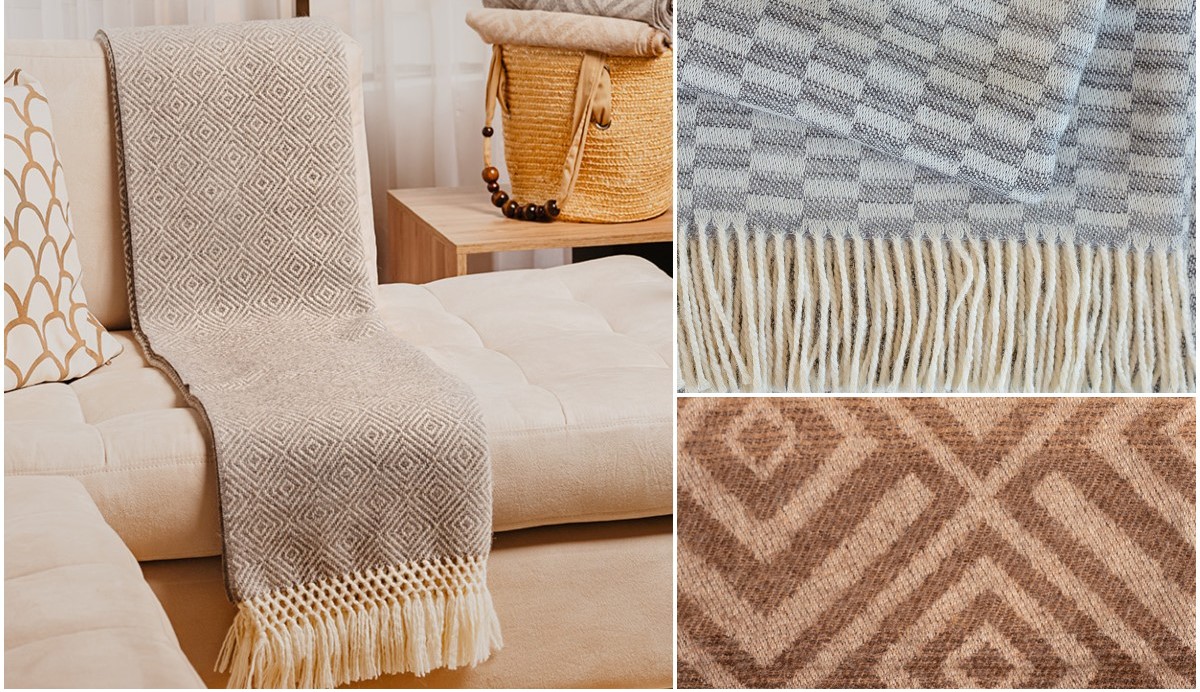
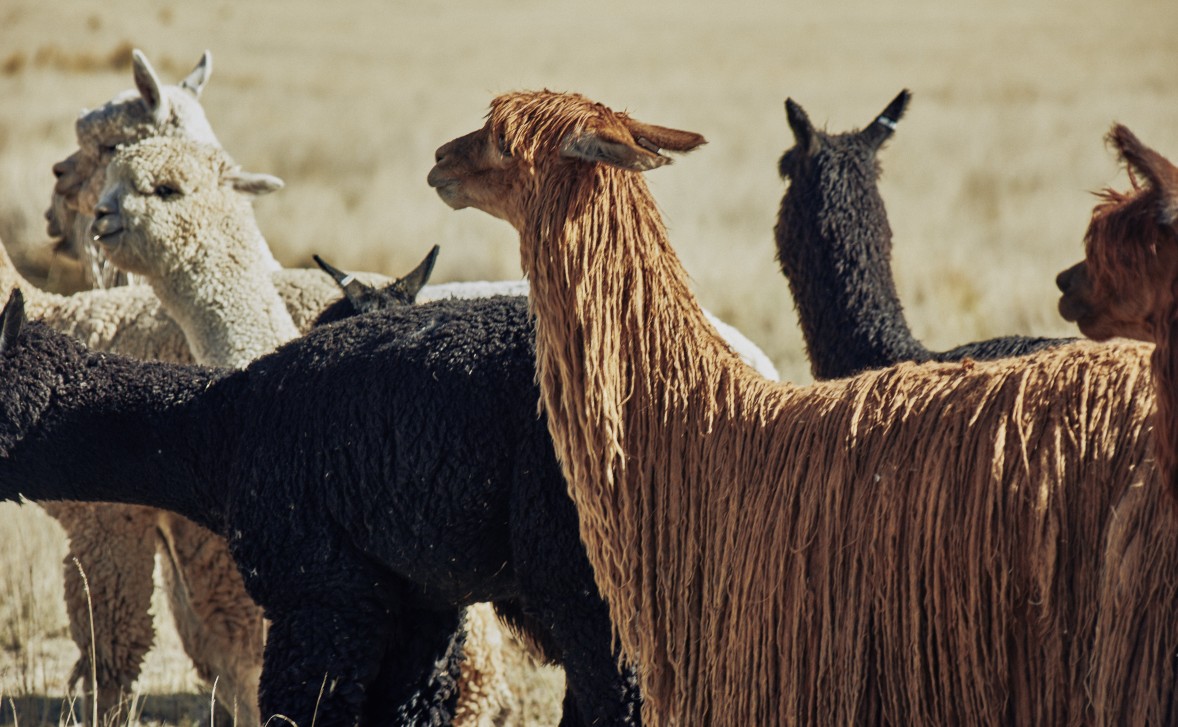
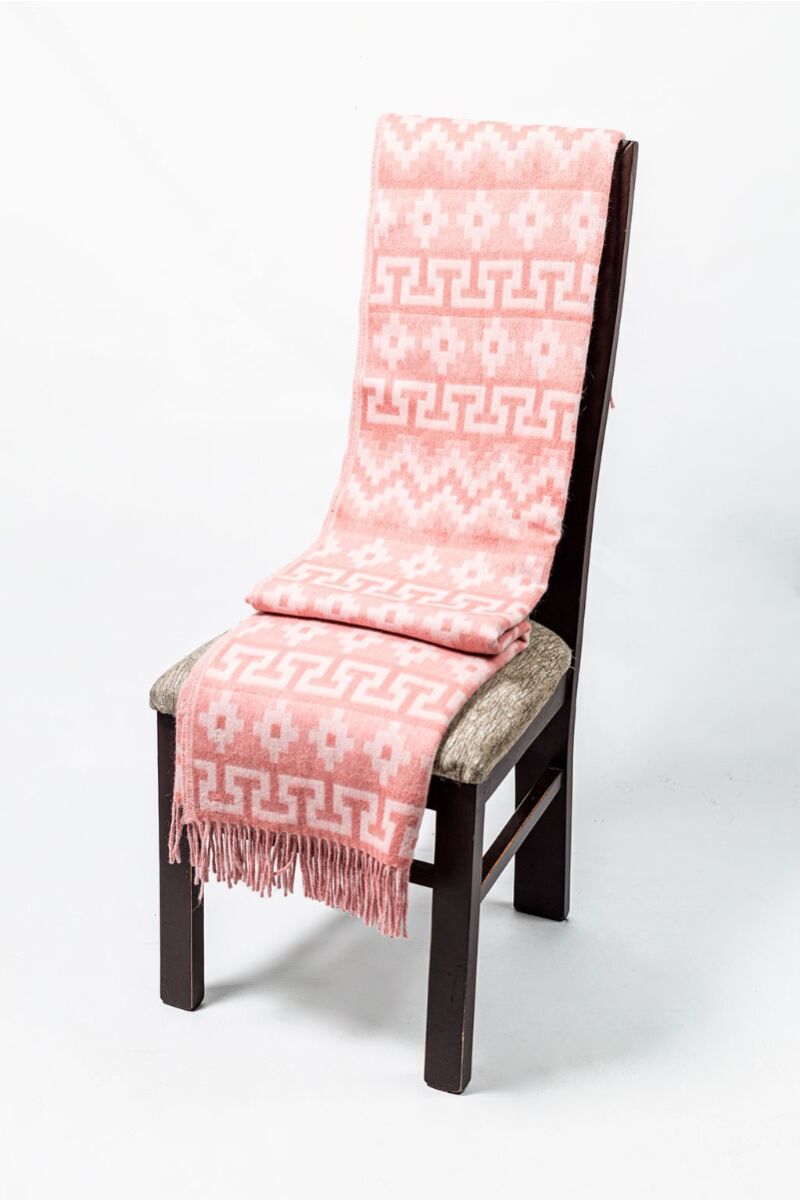
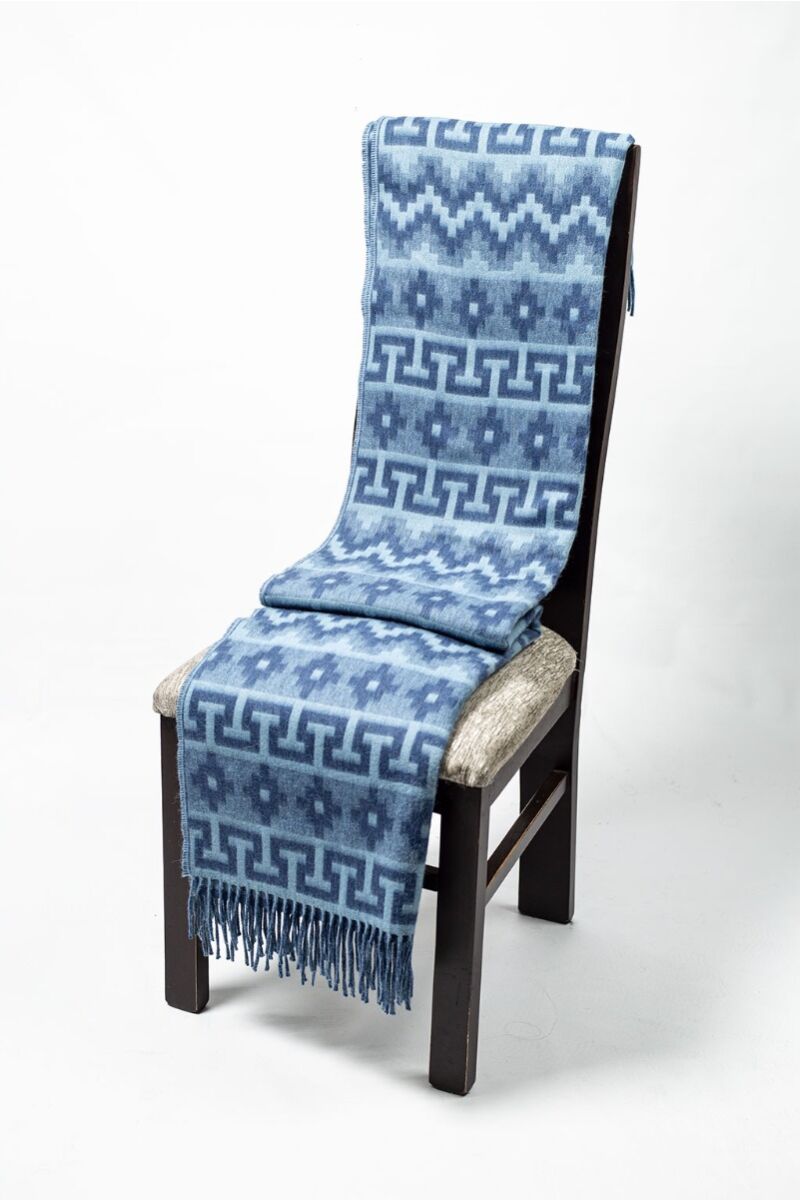
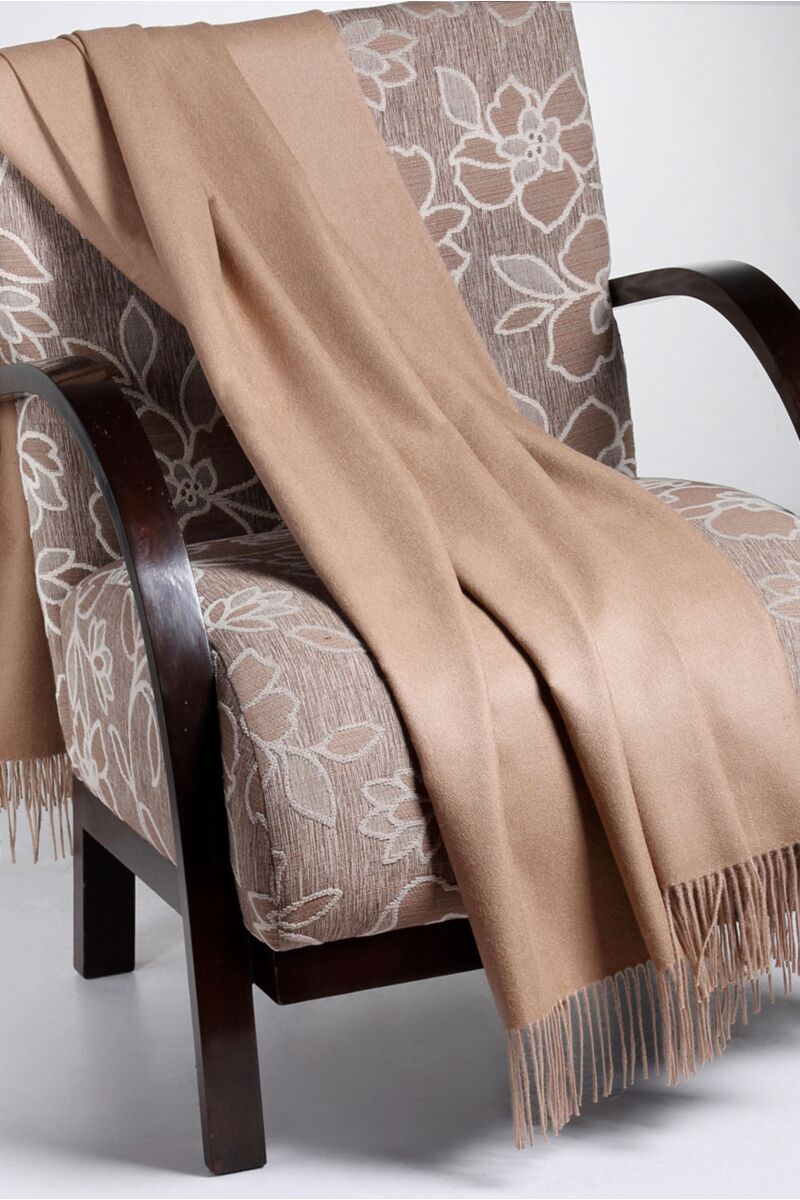
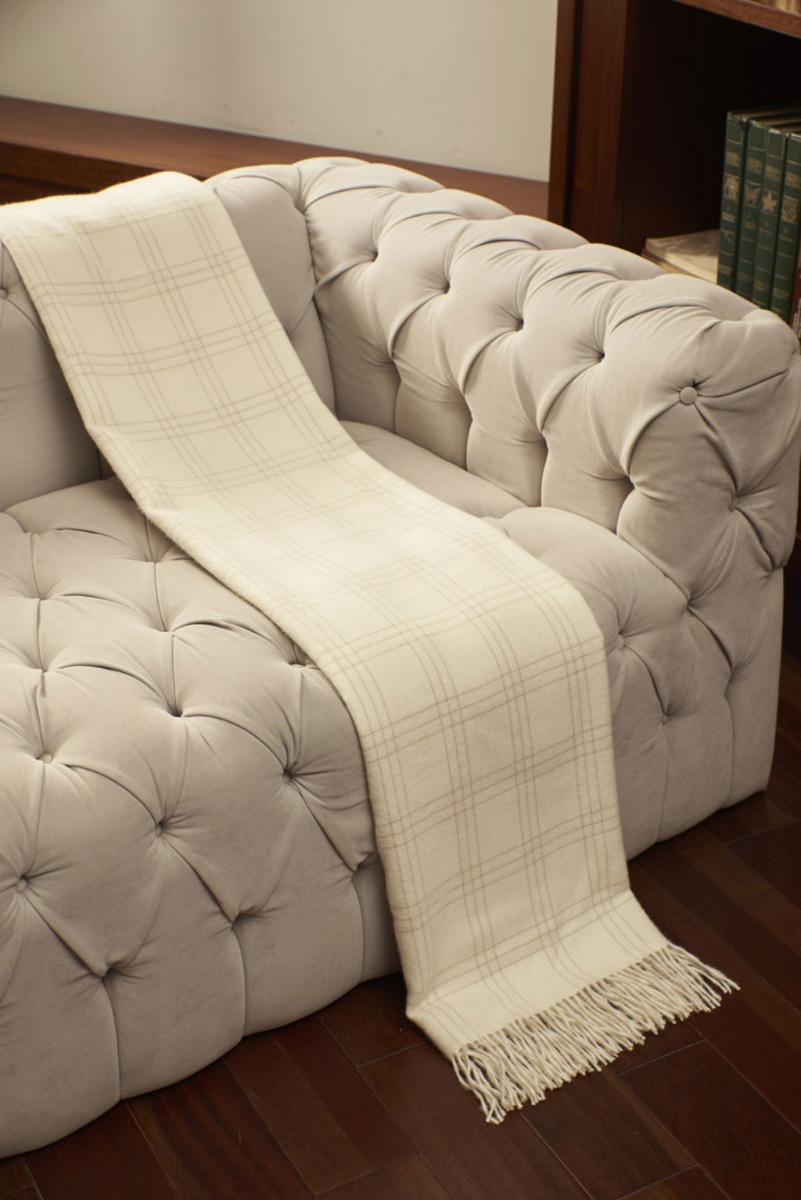
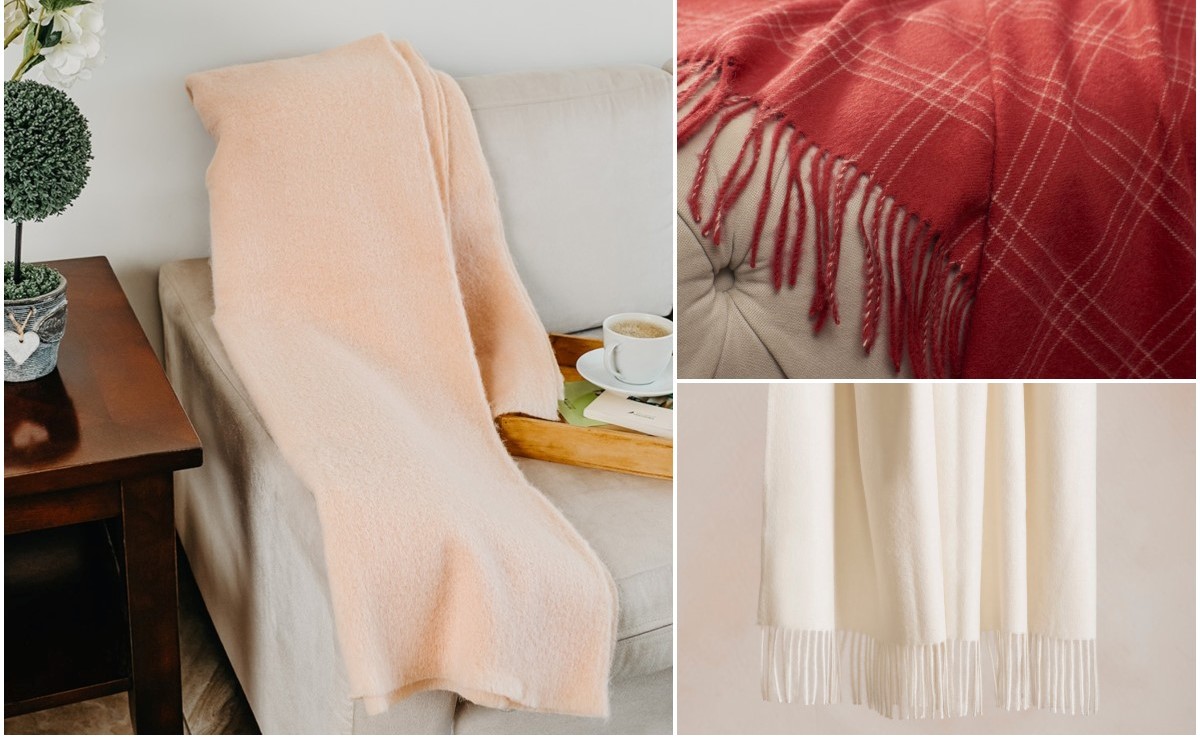
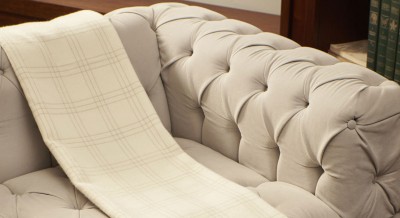
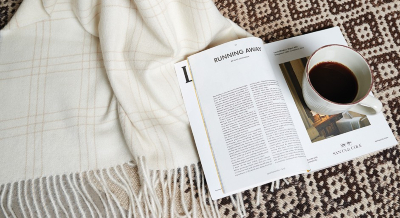
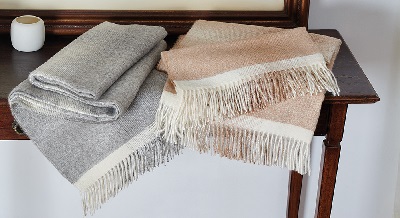
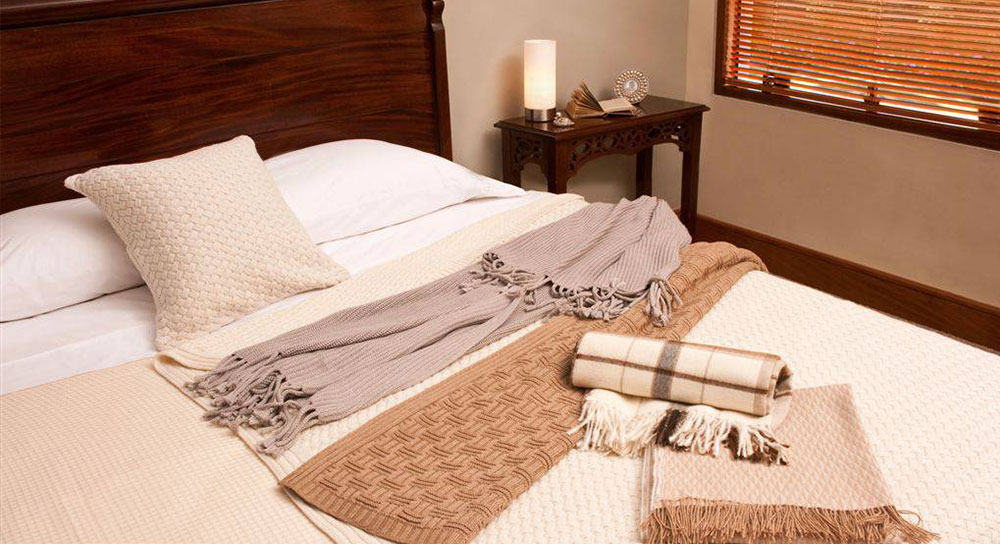
Comments
Leave A Reply
Your email address will not be published.